Question: Do you copy?
Yoshihiko: Yes, I do.
Q: Is copy shameful?
Y: I don’t think so.
Of course “plagiarism” is bad stuff, but
where is the line between copy, similarity, and plagiarism?
I know, this is going to be a huge topic, and there never be a clear answer.
Still, this is a very important topic for all who claimes them as an artist.
This time, let’s think about “copy”.
Why we copy?
First of all, think about the reasons why we copy, or feel the urge to mimic something.
Learning
To improve or learn some skill, copying is a common way done widely.
A study painter copies a masterpiece to improve his skill; it calls “Art reproduction” or simply called “study”.
To improve or learn some skill, copying is a common way done widely.
Replica
Pro painters copy popular arts for sales; The production is called “replica”.
If a replica was sold as “real”, it would be a “forgery”, or simply called “fake”.
If there is a good copy, “study” is a good one.
Bad copy is, of course, “forgery”.
I exampled the above because fine art photography is very similar to painting: the images are heavily shadowed by the photographers’ style and thought.
Next, let’s see a very familiar case for any photographers.
Anxiety
We feel secure when the result is certain
Imagine you were planning a photo trip somewhere for the first time, and you feel:
This is my longing for a photo trip, I don’t want to be filed so I have to do some homework:
What is the popular subject?
What is the popular or common composition?
During a trip, I won’t have much time for one place, so let’s shoot with the same composition that I saw on the web.
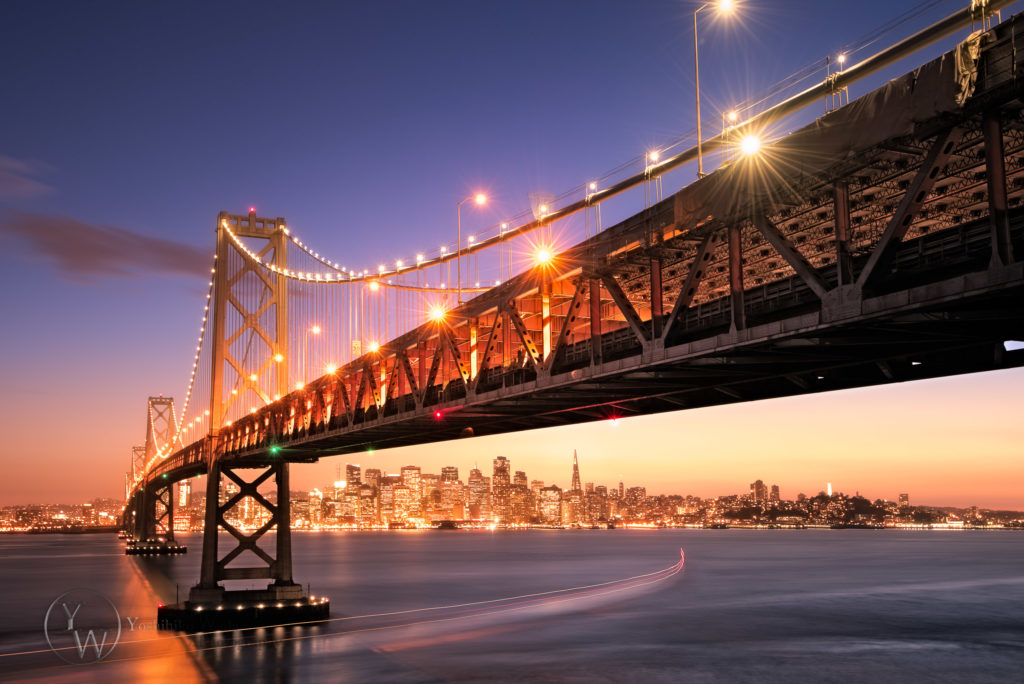
Lack of idea
There is no original out there
Maybe or maybe not.
It’s true that it’s much, much easier to reference past great stuff than find or spawn the original.
Movies, music, TV shows, books, photos, etc…
There is so much similar stuff out there.
There was another Yoshihiko Wada who was a painter in Japan. (deceased in 2016)
He was once given a national award, then plagiarism surfaced, thus the award was canceled.
He was not only a renowned painter but also a professor in a college.
No one knows why he committed bald plagiarism even though he had been an acclaimed painter.
Working in a different field but having the same name, I am always keen on plagiarism.
Sadly, some sites and google mistook my photography and his images so badly. Please mention that I am neither him nor a plagiarist.
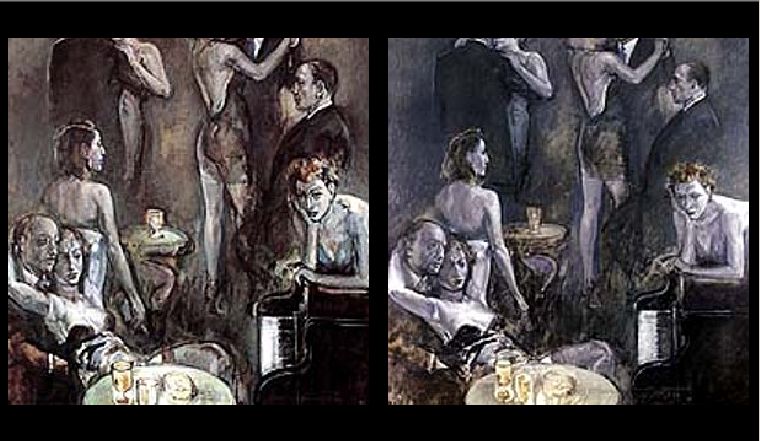
He said he made them from “the same motif”… What a coincidence!!
“Likes” junky
A photo-sharing site is a copy paradise.
A popular photo is copied, a then copied photo is being copied, and a copied-copied photo will be copied, it never ends.
I don’t blame any photo-sharing sites, since just viewing great photos is simply fun and inspiring. But it is dangerous when you started to obsessed with getting”Likes” in those sites.
I mentioned only examples. In reality, the reason “coping” is not so simple, but
mixed, and done intentionally, or unintentionally.
Next, let’s think about the subtitle in this post.
How to avoid being a copycat
We know coping is everywhere, like it or not, it’s difficult to avoid.
We do copy all the time to some degree.
Then let’s copy in a good manner.
Bad copy is superficial
Bad copy is shallow and careless.
When you copy something, do it very thoroughly
Don’t satisfy with just copying an appearance.
Dig the surface deeper and deeper until you can get something
that can apply to “your” original work later.
Don’t show off your “study”
Mimicking your favorite image itself is not a bad thing.
You can learn a lot from copying the image.
But if you were trying to publish your “study” as if it were yours,
it’s going to be a bad copy.
I’ve seen a lot of famous artists’ copied (or studied) works on the web: they got so many “likes”, and even worse, they were given awards at several photo competitions.
The below image is JOEL TJINTJELAAR’s famous work: Erasmus Bridge.
The image was so powerful and iconic, then so many copied works were spread on the web.
If you don’t want to be called a “copycat”,
Archive your study work as “study” on your Hard Disk.
Examine
Avoid coping with it entirely, rather copy it to some degree.
I was a huge fan of Joel Tjintjelaar.
In my early stage, I tried to copy their works many times. However, living in Japan, I could not capture the same subject in his image, So I analyze and study his method and adapt it to the different subjects of my locals.
Walk around
Google is useful when doing research for your next photo journey.
They can inform us of many photos taken at the location beforehand.
That’s pretty useful, but don’t satisfy with just taking similar photos, which you saw on the web.
Bellow image was from my trip to NY in 2018.
After taking a conventional lookup shot in front of the Empire State building, I went to the back street and found the sign of NYC, which I could never find on the web.
Just 5 minutes explore will give you a different perspective.
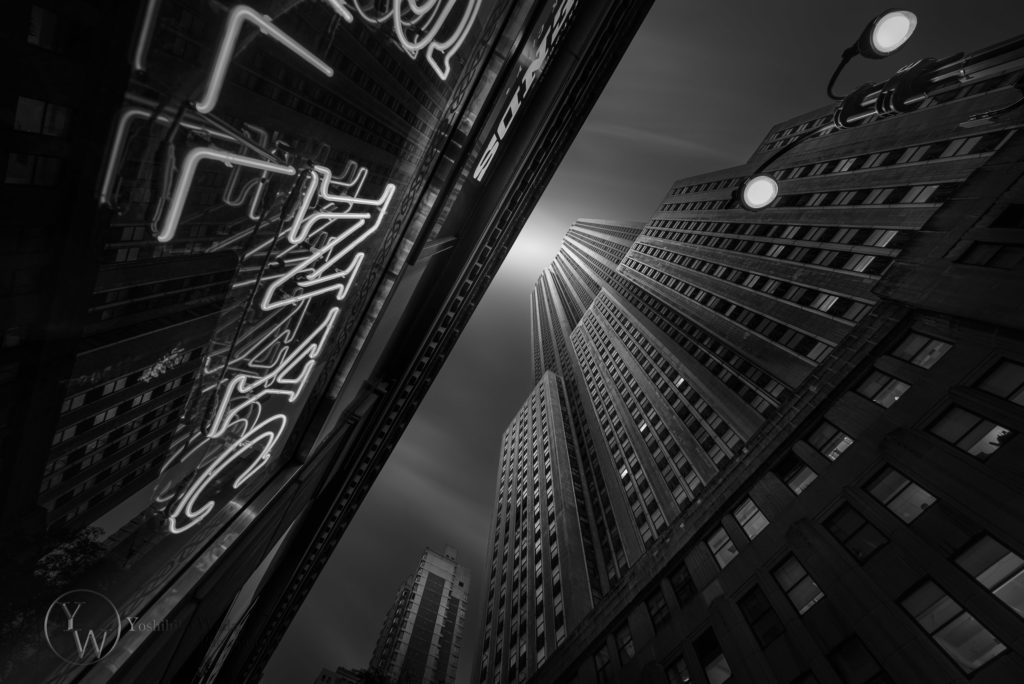
Take your time
Copy saves your time. But making real art needs a significant amount of time. That is why the originality is so valuable.
Don’t be afraid to devote yourself to a single image.
“Easy come, easy go”
That’s the maxim you have to remember.
Shoot an ordinary scene with extraordinary
When it comes taking time, hyper-long exposure does a great job.
Go with 5 minutes, 10 minutes, or even 20 minutes long exposure.
You will see how a familiar scene tunes into an unfamiliar scape.
Final thought
Go beyond a copy
Copy is fun, coping makes your skill improve.
But don’t do a blind copy.
Always try to add your spice a bit.
Think about what you can do in differently. However, it’s not difficult at all.
Even 1 percent of the difference never produces the same result.
Again, just think about what you can do in the moment.
Then no one blame as ” you are a copycat”.

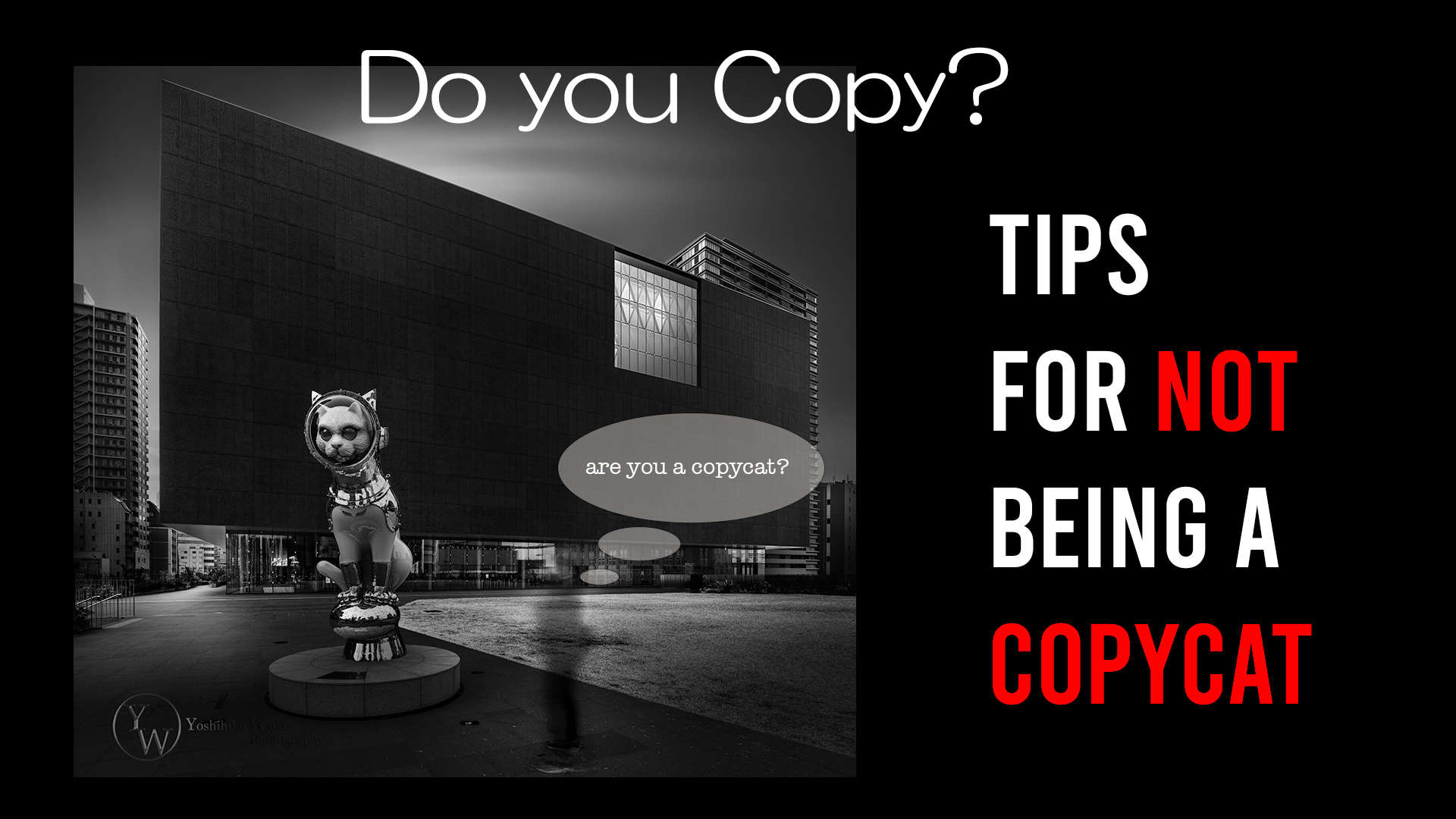
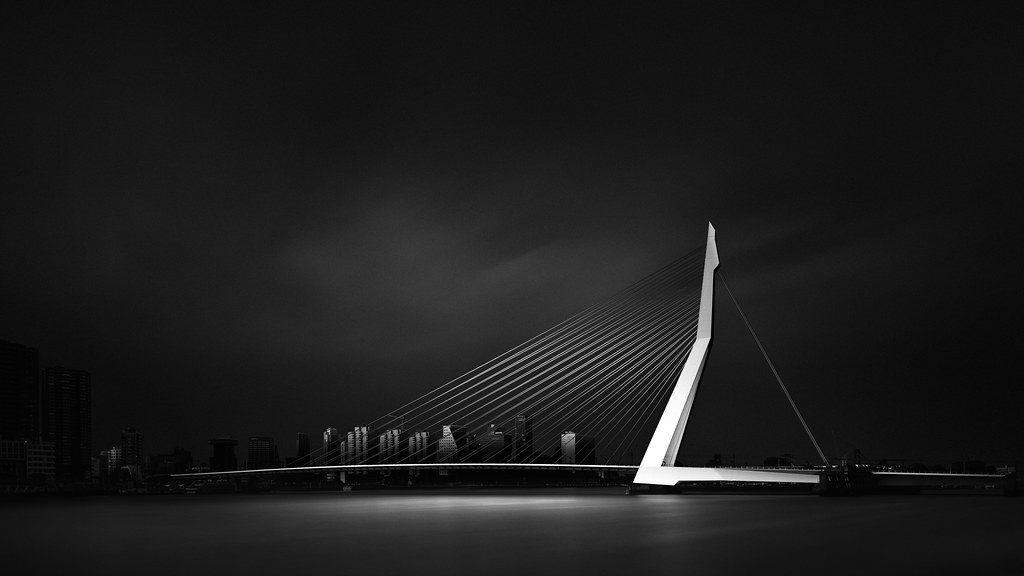





Comment